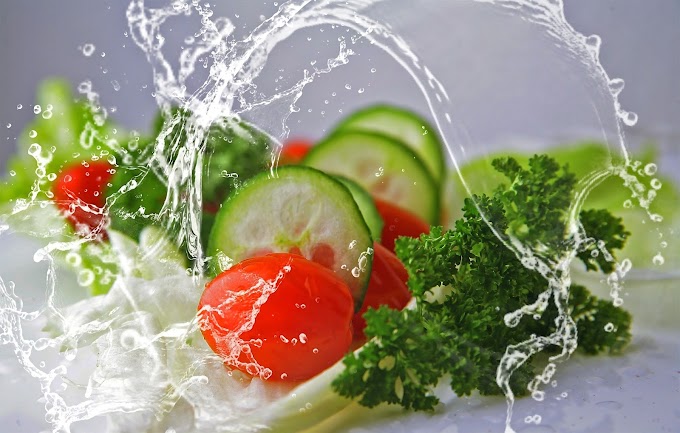Support and Movement are the basic aspects of Animal Kingdom. Support and movement play a vital role in the interaction of animals with their environment, finding food, escaping from predators, and also in reproduction. In this blog, we will discuss various mechanisms that animals employ for support and movement. From bones and muscles to unique adaptations, we'll explore the fascinating world of locomotion in the animal kingdom.
The Importance of Support and Movement in Animals
Hunting and Feeding
Evading Predators
Reproduction
Territorial Defense
Animals often defend territories to secure resources and mates.
They use movement to patrol, mark boundaries, and challenge intruders.
Structural Support: The Role of Skeletons
For many animals, structural support is provided by a skeleton.
There are two primary types of animal skeletons:
Endoskeleton:
An endoskeleton is an internal framework made of bones or
cartilage. This structure is common in vertebrates, including mammals, birds,
reptiles, and amphibians. It provides stability, support, and protection for
vital organs.
Exoskeleton:
Some animals, like arthropods (e.g., insects, crabs), have an
exoskeleton—a hard, external covering that provides support and protection.
While exoskeletons are durable, they must molt (shed) periodically to
accommodate growth.
Muscle Power: The Engine of Animal Movement
Muscles are the engines that drive animal movement. They work in
pairs: one muscle contracts while the other relaxes, allowing for movement in
opposite directions. The key types of muscles found in animals are:
Skeletal Muscles:
Skeletal muscles are attached to bones and responsible for
voluntary movements, such as walking and jumping. Their rapid contractions
provide animals with agility and precision.
Smooth Muscles:
Found in the walls of internal organs like the stomach,
intestines, and blood vessels, smooth muscles control involuntary movements.
They play a vital role in processes like digestion and circulation.
Cardiac Muscles:
The heart is primarily composed of cardiac muscle, which contracts
rhythmically to pump blood throughout the body. It combines the characteristics of
both skeletal and smooth muscles.
Diverse Adaptations for Movement
Animals have evolved a wide array of adaptations to facilitate
their specific modes of movement:
Limbs and Appendages:
Terrestrial animals use legs and
limbs to walk, run, climb, and dig. Aquatic animals often have flippers, fins,
or webbed feet for swimming. Birds, the masters of the sky, have wings for
flying.
Tail Propulsion:
Many aquatic animals, such as fish and whales, use their tails to
propel themselves through water. The shape and movement of the tail are
essential for efficient swimming.
Insect Wings:
Insects are unique in their ability to fly using wings. Their
wings beat rapidly, creating lift and thrust. The wing structure and motion
vary among different insect species.
Serpentine Locomotion:
Snakes move by contracting their
muscles in a coordinated fashion, producing a series of S-shaped waves that
propel them forward.
Legless Locomotion:
Animals like slugs and worms move using a combination of muscular
contractions and the secretion of mucus to reduce friction.
Hopping and Jumping:
Frogs, kangaroos, and grasshoppers employ powerful leg muscles for
hopping and jumping. Their hind legs are adapted for these high-energy
movements.
Specialized Adaptations for Unique Environments
The animal kingdom showcases remarkable adaptability to various
environments:
Desert Adaptations:
Desert animals have evolved to conserve water and minimize
exposure to extreme heat. Some, like the kangaroo rat, never drink water,
obtaining all they need from their food.
Arctic Adaptations:
In the harsh cold of the Arctic, animals like polar bears have
thick layers of blubber and specialized fur to insulate against freezing
temperatures.
Aerial Adaptations:
Birds are the masters of the skies, equipped with wings for
flying. Their hollow bones reduce weight, and powerful muscles provide the
necessary lift and thrust.
Aquatic Adaptations:
Marine mammals, such as dolphins and whales, have streamlined
bodies and strong flippers for efficient swimming. Seals and sea lions have
flipper-like limbs for both swimming and mobility on land.
Cave Adaptations:
Cave-dwelling animals, like bats and cavefish, have developed
unique sensory adaptations to navigate in complete darkness.
Conclusion
Support and movement are critical for animal survival and are achieved through a variety of structural adaptations, skeletal systems, and muscle movements. From the agile flight of birds to the stealthy slither of snakes, the animal kingdom's diversity is awe-inspiring. Understanding these mechanisms gives us a deeper appreciation for the natural world and its incredible adaptability.
Intricacies of animal movement continue to be a subject of scientific research, shedding light on evolutionary wonders and inspiring us to protect and preserve the remarkable biodiversity of our planet.








If you have any doubt, let me know.